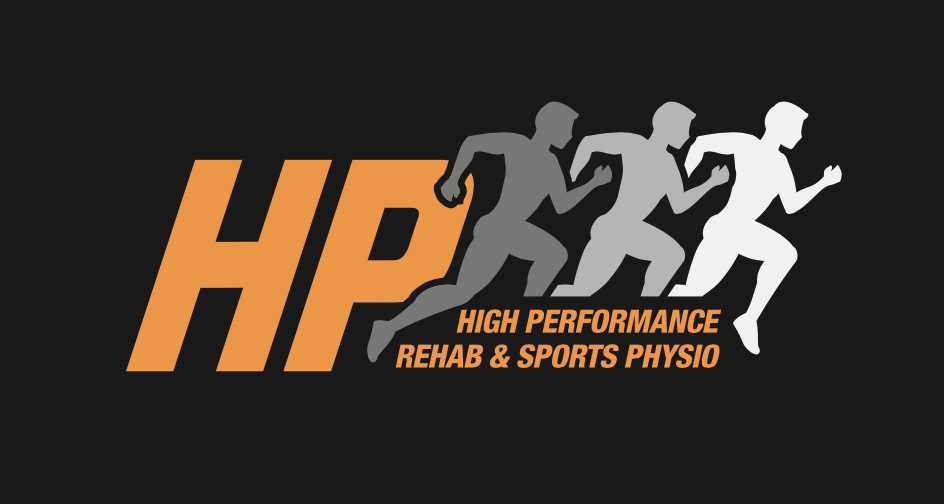AC joint instability can be defined as a disruption to the ligamentous integrity of the joint, creating instability between the acromion and clavicle. This is most often associated with trauma or direct contact and can usually be successfully treated with a graded conservative rehabilitation program.
Anatomy
The AC joint is comprised of two bones: the acromion of the scapula (shoulder blade) and the clavicle (collar bone).
The primary ligaments of the AC joint are:
1. Acromioclavicular ligament
2. Coracoclavicular ligament
3. Coracoacromial ligament
Grades of AC Joint Injuries
The Rockwood Classification is most commonly used to diagnose grading of AC joint injuries. This classification accounts for the mechanism of injury, clinical presentation and plain radiographic (X-Ray) presentation.
The table below outlines the anatomy of AC joint injury grades and their clinical presentation:
When Should I get an X-Ray?
Imaging for your injury should always been guided following assessment from a medical professional. It is not always necessary to image a suspected AC joint injury, especially if there is no obvious step or other bony deformity.
Some indications for imaging would include:
· Suspected high grade (≥ Grade III) AC joint injury
· Tenderness on the clavicle, separate to AC joint tenderness
· Persisting night time pain (aching/throbbing without provocation)
Surgery for AC Joint Injuries
Conservative management (non-operative) is often successful, and patients are able to return to their previous sports and daily function without issue. Because of the strong outcomes of conservative management for Grade I-III AC joint injuries, surgery is often considered an unnecessary expense. However, not all AC joint injuries are able to be successfully managed without surgery. A confirmed Grade IV, V or VI injury must be treated with surgery and a consult with a specialist surgeon should be immediately arranged if this is the case.
In the physiotherapy world, Grade III injuries often carry a debate of surgery versus conservative management. Some indications for considering Grade III surgery would include:
· Excessive and unsettling pain, causing day-to-day dysfunction
· Cosmetics and patient expectations
· Work demands (e.g. overhead/press movement requirements)
· Contact/overhead athletes
· Unstable/dislocating joint
AC Joint Rehabilitation
An individualised and graded rehabilitation program is fundamental to the successful outcome of your injury, regardless of surgery or not. Due to the anatomy of the injury, targeting upper trapezius and deltoid strength throughout the rehab program is key to reducing deconditioning and long-term joint dysfunction.
Like any injury, a rehab plan should be discussed in the early stages of your recovery, systemised into specific phases, with goals set for each phase, in order to achieve an overall goal of returning to your chosen sport or activity.
A few key muscle groups that are not to be missed in the rehab of any AC joint injury include the upper trapezius, deltoids and serratus anterior.
· Upper trapezius – this muscle has a partial insertion on the acromion and will play a part in improving joint stability of the AC
· Deltoids – a group of three muscles which are primary movers of the glenohumeral joint (shoulder) in flexion, abduction and extension
· Serratus anterior – often a deficit in this muscle is a contributing factor to not restoring full upward rotation of the scapula, leading to limitations in end range shoulder flexion (overhead)
Like any other injury, it is important you liaise with your treating health care provider when rehabilitating your AC joint injury.
If you have sustained an injury to your AC joint, please feel free to contact one of our Sports Physiotherapists for assessment and management of your injury.
Written by Edward Gellert – HPRSP Physiotherapist



